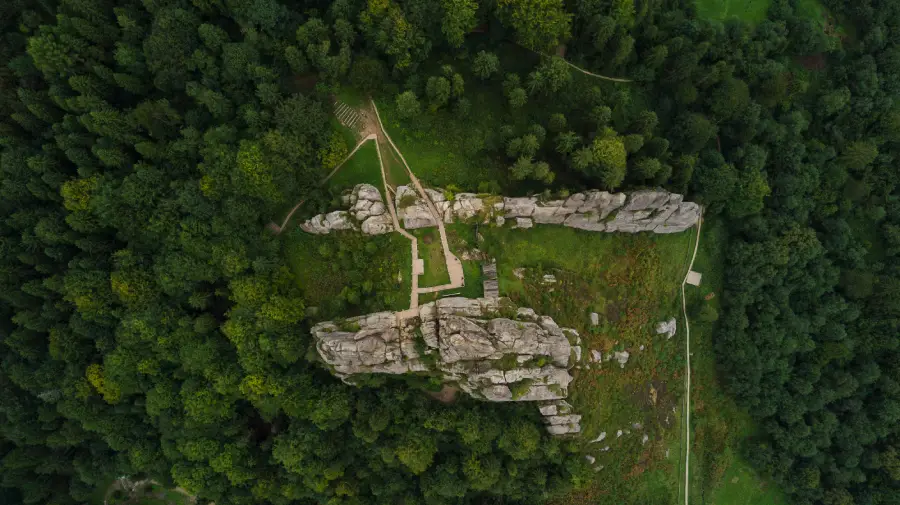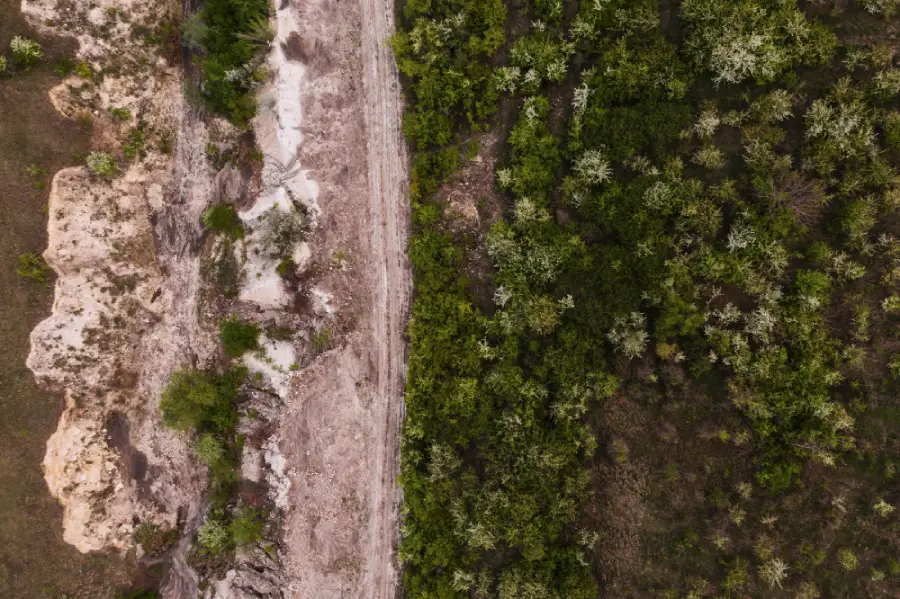Across the U.S., landowners, developers, and communities face the challenge of balancing growth with the need to conserve natural resources. One tool that makes this balance possible is the conservation easement. Easements protect land for future generations while allowing private ownership to continue.
In this article, we’ll explore what is a conservation easement, how it works, and why it has become a cornerstone of modern land conservation efforts.
What Is a Conservation Easement?
A conservation easement is a voluntary, legally binding agreement that limits certain uses of land to achieve long-term conservation goals. It is recorded as part of the property deed and typically lasts in perpetuity, meaning it binds both current and future landowners.
Legal Framework and Parties Involved
- Landowner: Retains ownership of the land but agrees to restrict activities that could harm conservation values.
- Easement holder: Often a land trust or government agency responsible for enforcing the easement terms.
- Conservation objectives: Defined in the agreement, which may include preserving wildlife habitat, protecting water quality, or maintaining open space.
So, what does a conservation easement mean in practice? It means that the land remains privately owned, but its use is permanently guided by conservation goals.

Key Elements of a Conservation Easement
While every agreement is unique, several core elements define how a conservation easement works:
- Land use restrictions: Development may be limited or prohibited, while sustainable uses like farming, forestry, or recreation may still be allowed.
- Permanence: Most conservation easements are permanent, ensuring that protection extends to future owners.
- Conservation purpose: The agreement outlines specific objectives such as protecting habitats, scenic views, wetlands, agricultural land, and promoting watershed management.
- Enforcement: The easement holder has the legal authority to monitor and enforce compliance.
Benefits of Conservation Easements
The benefits of conservation easements extend beyond landowners, they serve communities, ecosystems, and future generations.
- Habitat preservation: Easements protect forests, wetlands, and grasslands that support biodiversity.
- Water quality: By conserving riparian zones and wetlands, easements reduce erosion and filter pollutants, supporting efforts like wetland mitigation to maintain ecological balance.
- Climate benefits: Conserved lands store carbon, mitigate urban sprawl, and strengthen climate resilience.
- Agricultural preservation: Easements allow working farms and ranches to continue operating without the threat of development pressure.
- Community values: Protected open spaces maintain scenic landscapes and recreational opportunities.
Establishing a Conservation Easement
The process of creating a conservation easement generally follows these steps:
- Assessment – The land trust or agency evaluates the property’s conservation value.
- Negotiation – Landowner and easement holder agree on restrictions, rights, and objectives.
- Legal documentation – Terms are drafted into a deed of easement.
- Recording – The easement is recorded with the county, making it legally binding on the property.
Professional input from attorneys, appraisers, and environmental consulting experts ensures that the easement is fair, enforceable, and beneficial for both landowners and conservation goals.
Rights and Responsibilities of Landowners
Landowners who grant easements retain many rights, such as the ability to:
- Sell, lease, or bequeath the land.
- Use the land for permitted activities (e.g., farming, recreation, sustainable forestry).
However, they also take on responsibilities, including:
- Maintaining the land in accordance with easement terms.
- Allowing easement holders to conduct periodic monitoring.
- Avoiding activities prohibited by the easement, such as subdivision or commercial development.
Role of Land Trusts and Organizations
Land trusts, nonprofit organizations dedicated to conservation are the primary stewards of conservation easements. Their roles include:
- Acquisition: Working with landowners to establish easements.
- Monitoring: Conducting regular inspections to ensure compliance.
- Support: Providing guidance to landowners on management practices.
Government agencies also play a role, especially when easements are tied to public conservation initiatives or funded through grants.

Tax Benefits and Incentives
One reason conservation easements are attractive to landowners is the potential for tax benefits.
- Federal income tax deductions: Donated easements may qualify as charitable contributions.
- Estate tax benefits: Easements can reduce the taxable value of land, making it easier to pass property to future generations.
- Property tax reductions: Some states and localities offer lower property taxes on conserved land.
Conclusion
So, what is a conservation easement? It is a legal agreement that allows landowners to protect their land’s ecological, scenic, or agricultural value while retaining ownership. By setting permanent restrictions on land use, easements balance private rights with public benefits.
Understanding how a conservation easement works highlights its importance: it preserves habitats, safeguards water, reduces climate risks, and supports sustainable land use. Whether held by a land trust or government agency, conservation easements are among the most effective tools for protecting land for future generations.
